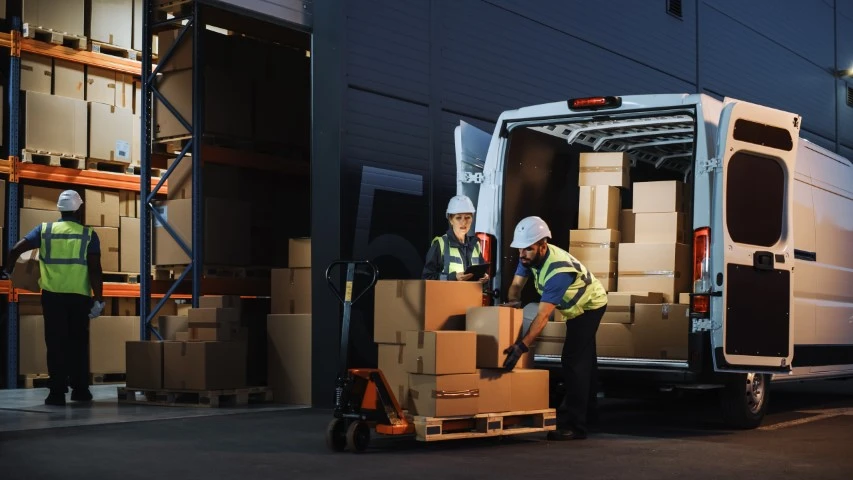Developing The Concept Of Workforce Sustainability In Your Organization
Developing The Concept Of Workforce Sustainability In Your Organization
Achieving a balance between high levels of productivity and workforce wellbeing can be challenging. Verdantix has coined the phrase ‘workforce sustainability’, to describe the conditions in which employees can perform their job to the best of their ability while maintaining their health and ensuring they remain safe. In order to achieve workforce sustainability, Verdantix has broken the concept down into three categories: safe working conditions, supplying the right EHS knowledge and minimizing risk. Verdantix has suggested the tools and best practices that firms can implement to help achieve each of these goals.
To achieve safe working conditions, organizations must consider both the physical and mental state of each employee. Traditionally, EHS functions have focused on keeping workers away from injury and illness. This continues to be a common theme, with incidents such as musculoskeletal disorders from repetitive tasks remaining common in several high-risk industries. However, firms now understand that external factors, such as personal issues, can also influence a worker’s wellbeing. This concept is widely referred to as total worker health, which was popularized in 2003 to help improve workplace wellbeing. A total worker health approach recognizes that workplace wellbeing has a significant impact on business performance and worker safety. Societal changes regarding mental health and hybrid working environments triggered by COVID-19 mean that firms must take increased responsibility for ensuring that their employees remain safe and well while at work.
To garner the right EHS knowledge, organizations must encourage their workers to engage with safety tools and training regularly. To facilitate this, firms have set about creating strong safety cultures, where senior leaders engage with frontline workers, helping them to understand the importance of safety in their role and the wider organization. This helps firms tackle a common issue – that workers see safety procedures as a barrier and something that can be used against them in the wake of an incident. Training is essential to pivot away from this and towards a workforce of safety-conscious employees. EHS software vendors enable organizations to create tailored training programmes for their employees that address their specific needs. Mobile devices provide easy access to this, offering microlearning tools that help refresh and reinforce knowledge before activities.
To reduce the likelihood of incidents, firms must identify risks in their infancy. Modern, broad EHS software platforms enable managers to conduct deep-dive analyses that identify data trends to highlight where potential risks may lie. There are also a number of edge technologies that firms can use, such as digital wearables that can monitor workers and the surrounding environment in real time, alerting managers and alarm receiving centres when an event occurs. Moreover, AI can be used to conduct risk assessments, detecting hazards through analysing video footage and large data sets.
By achieving these three major goals, firms can create an environment that enables workers to achieve high levels of productivity while keeping safe and healthy – both physically and mentally. To read more about workforce sustainability, visit our research portal.





















